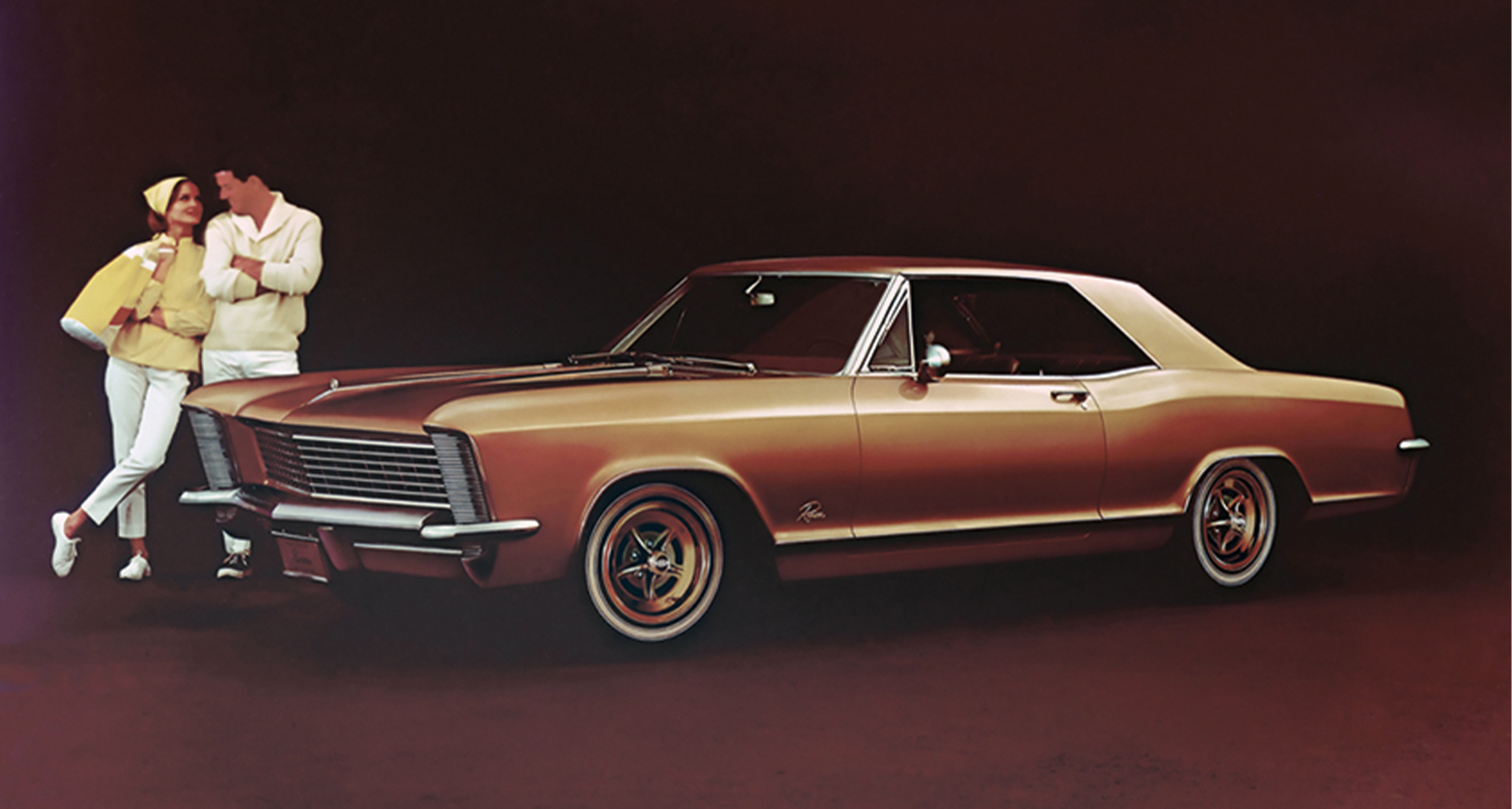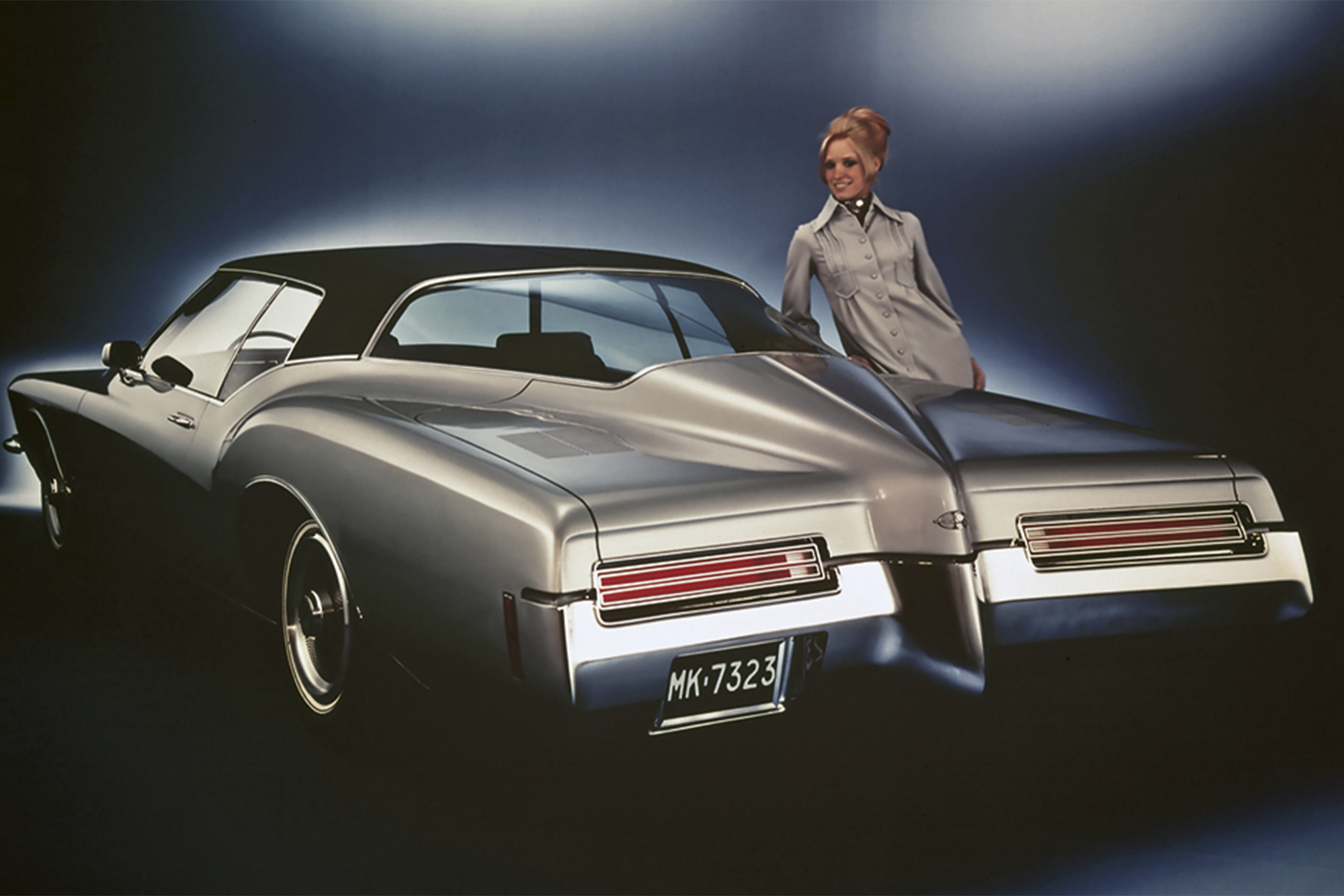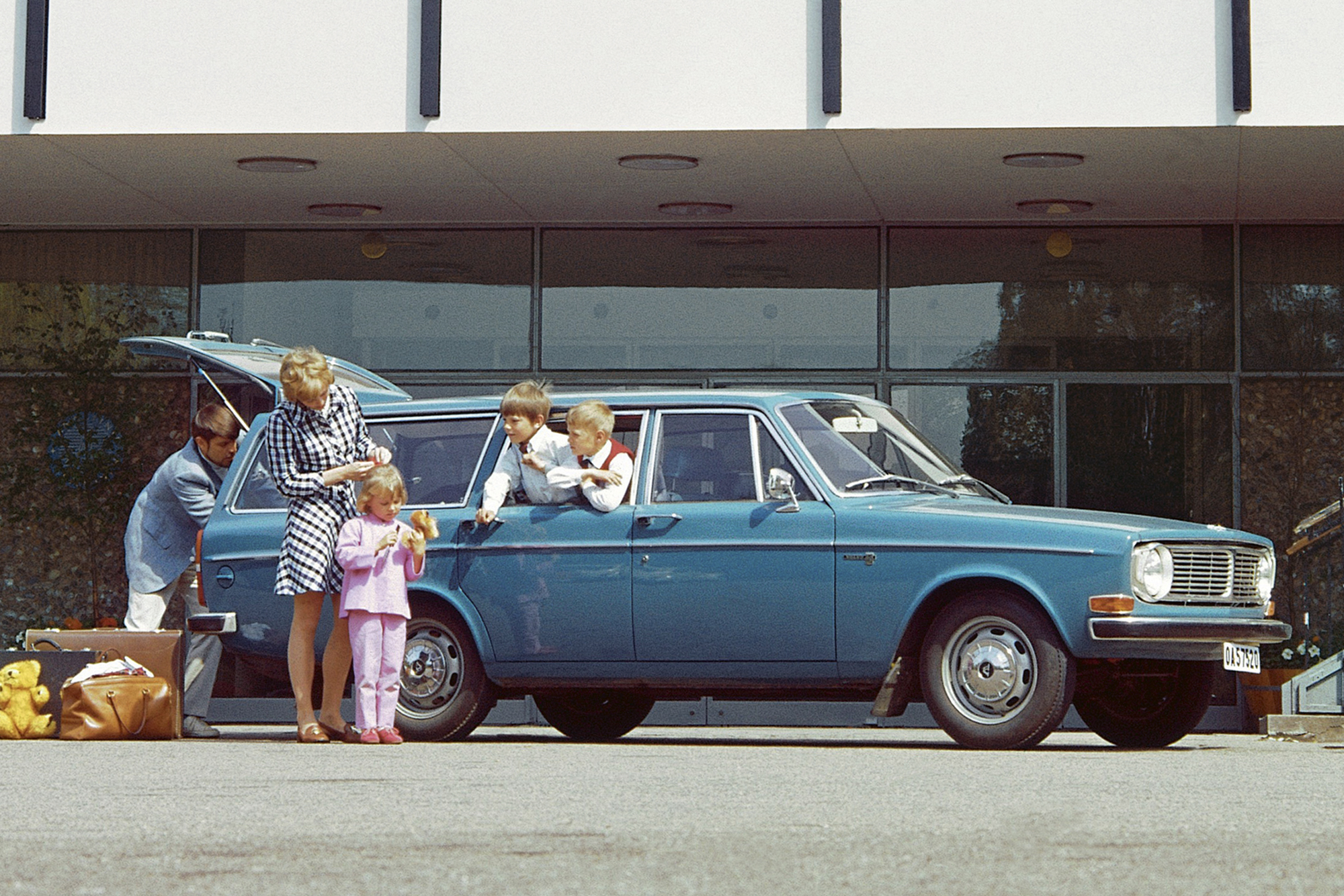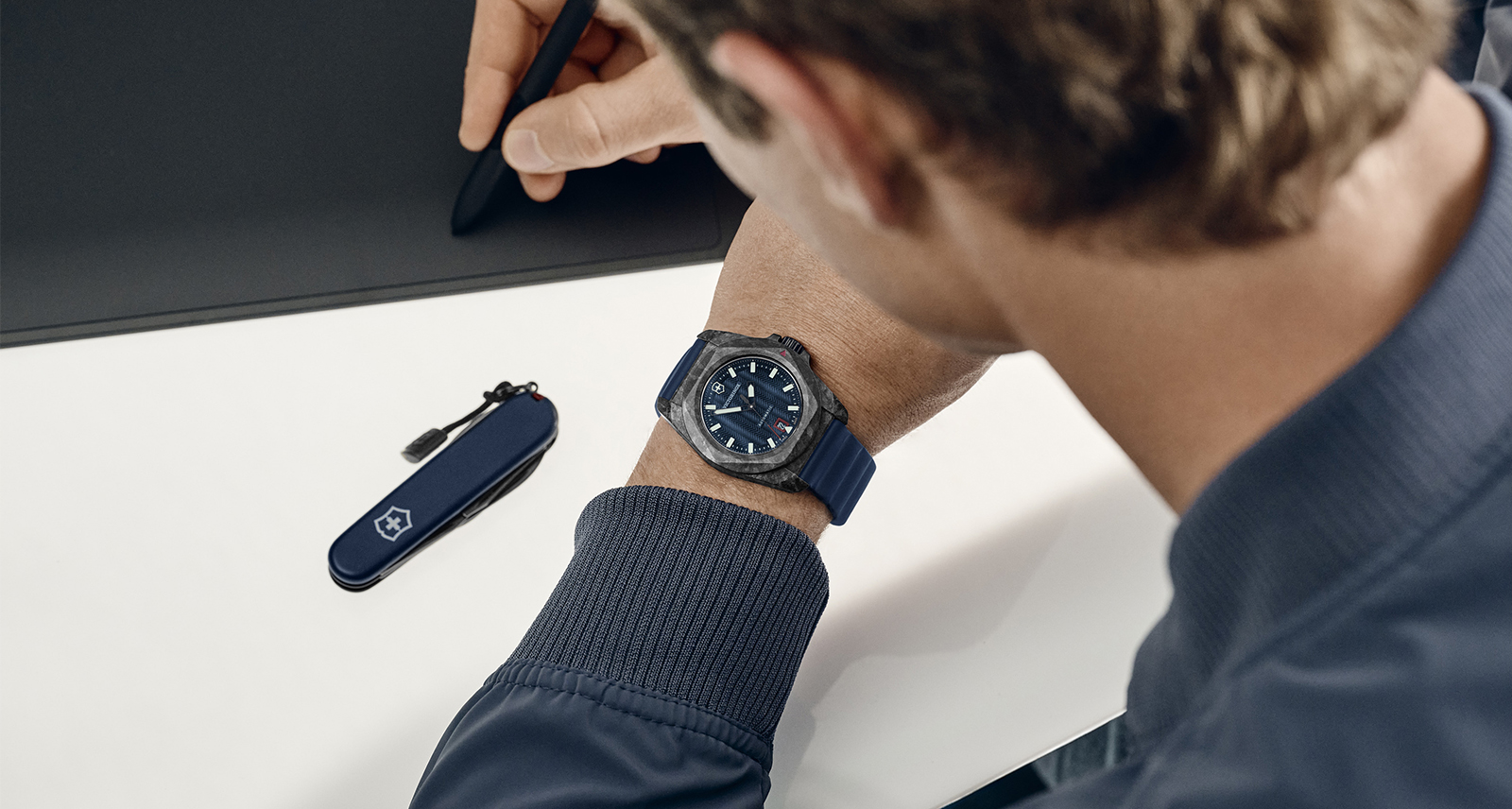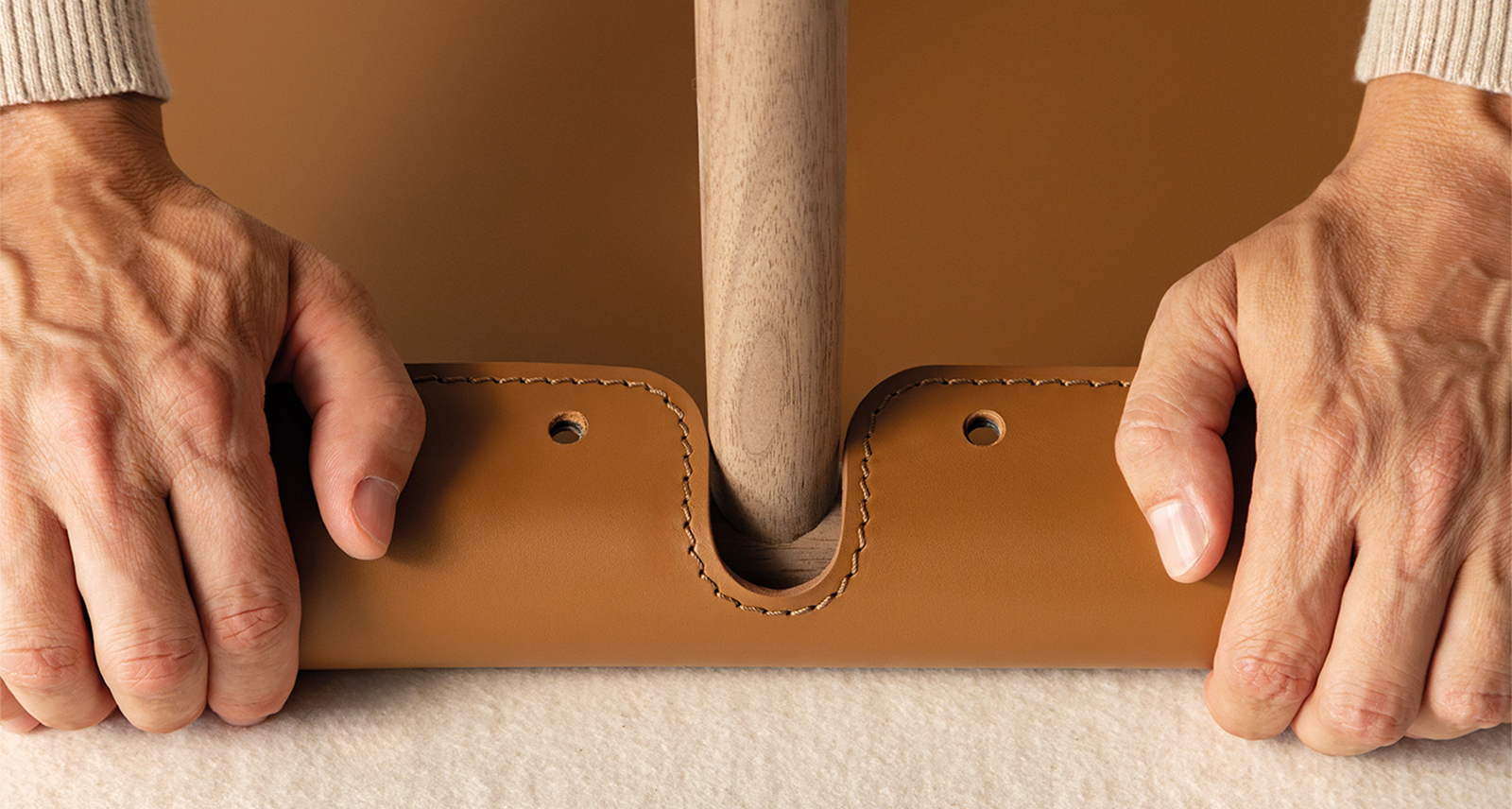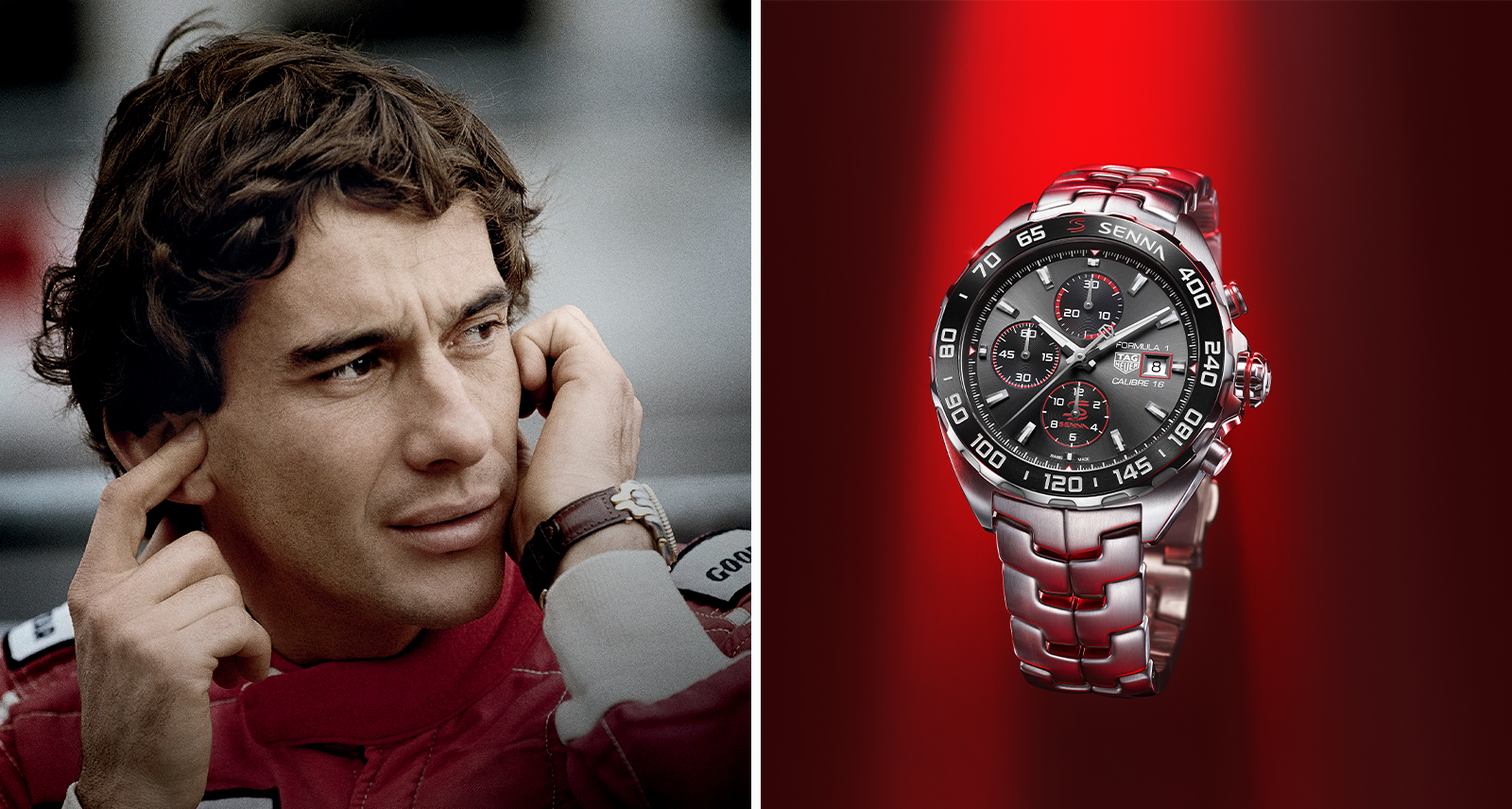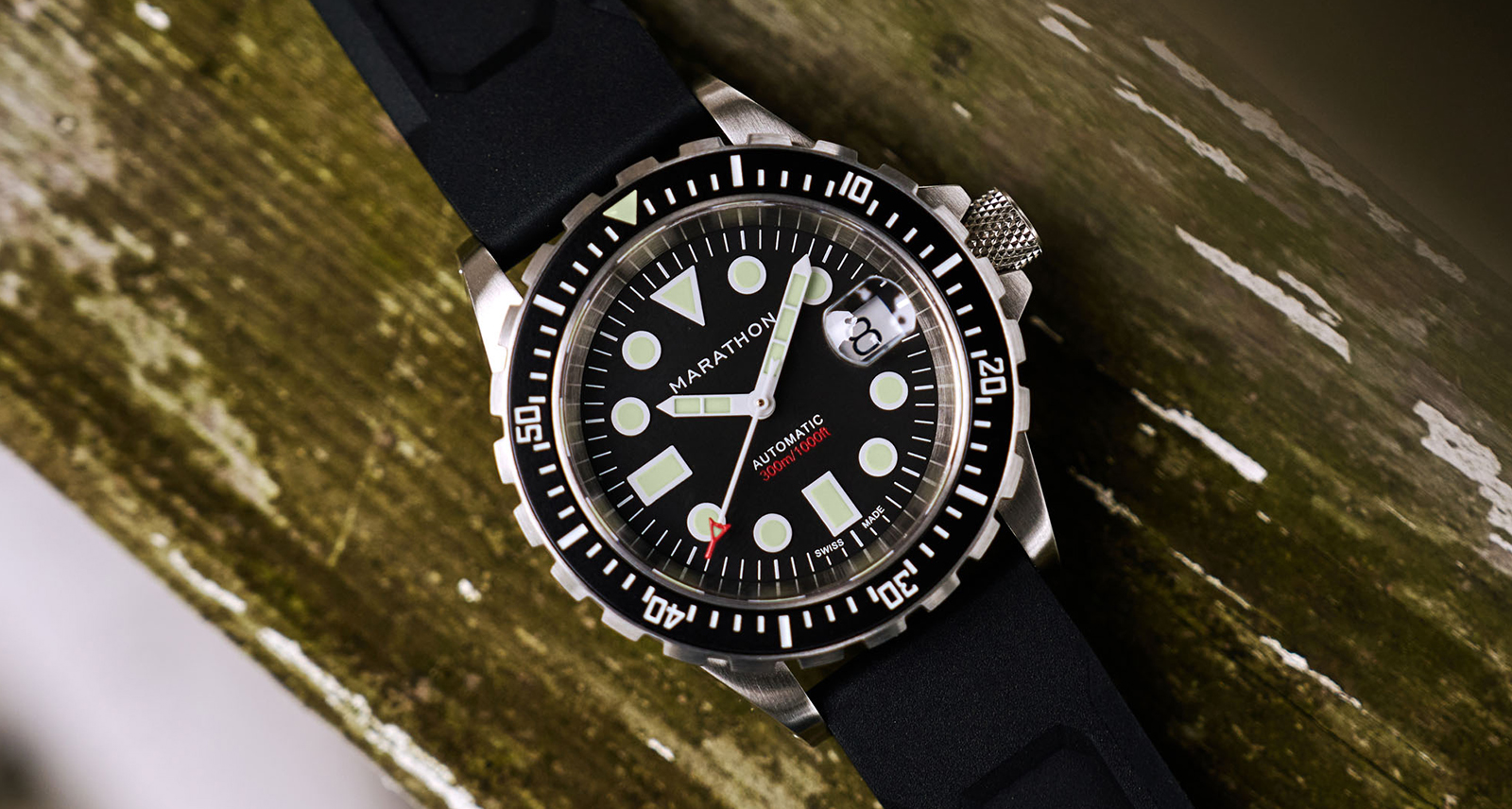Phaidon’s “The Atlas of Car Design” Is Your Guide to the World’s Great (and Gross) Automobiles
Are cars art? The Atlas of Car Design: The World’s Most Iconic Cars is a gorgeous new coffee-table tome from Phaidon that takes a clear stand on the question: yes. Leafing through its glossy, large-format pages, it’s easy to be convinced. Written by a trio of veteran car critics and writers — Jason Barlow, Guy Bird, and Brett Berk — the book features more than 650 of the world’s greatest car designs, from 190 manufacturers and 30 countries. (None are from Canada, but you can’t fault the authors for excluding the awkward Manic GT or the doofy Bricklin SV-1.) The cars are organized geographically, then chronologically, which makes flipping the pages like a time-travelling jaunt through the entire history of Italian car design — or French, or American.
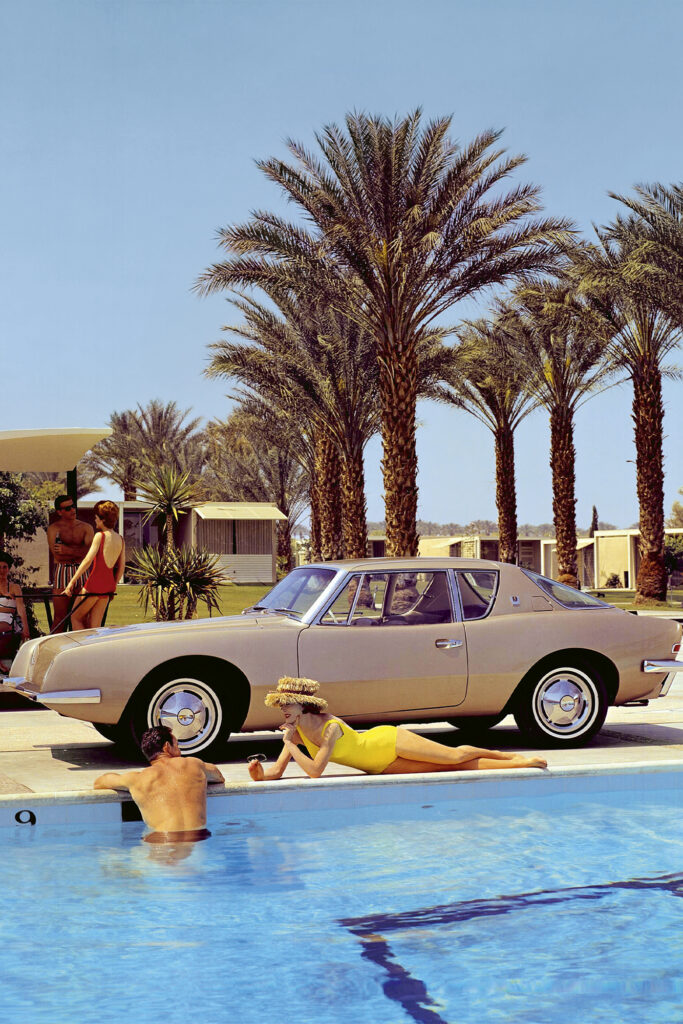
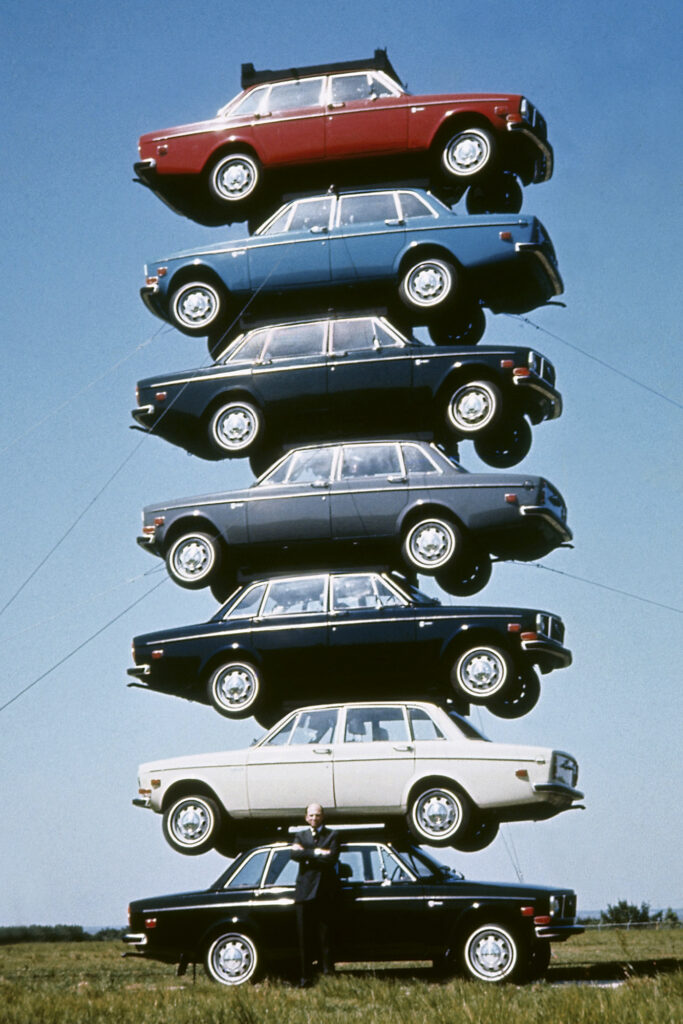
“The car is officially art,” argues the book’s lead author Jason Barlow in his opening essay. He goes on to map the geography of various countries’ contributions to the form. The Americans, for example invented the idea of car styling as a necessary part of the automobile business. The great coachbuilders, designers and craftspeople of Italy are, “responsible for a greater number of beautiful cars than any other nation.” During the country’s post-war boom, he explains, “Italy was a country of workers and artisans, eager to give full expression to their talents, and more agile in their approach than the established players.” Barlow, a Brit, also credits his countrymen at Range Rover for creating the defining luxury car of the 21st century: the SUV. (The Americans who created the Jeep Wagoneer, however, may quibble with that.)
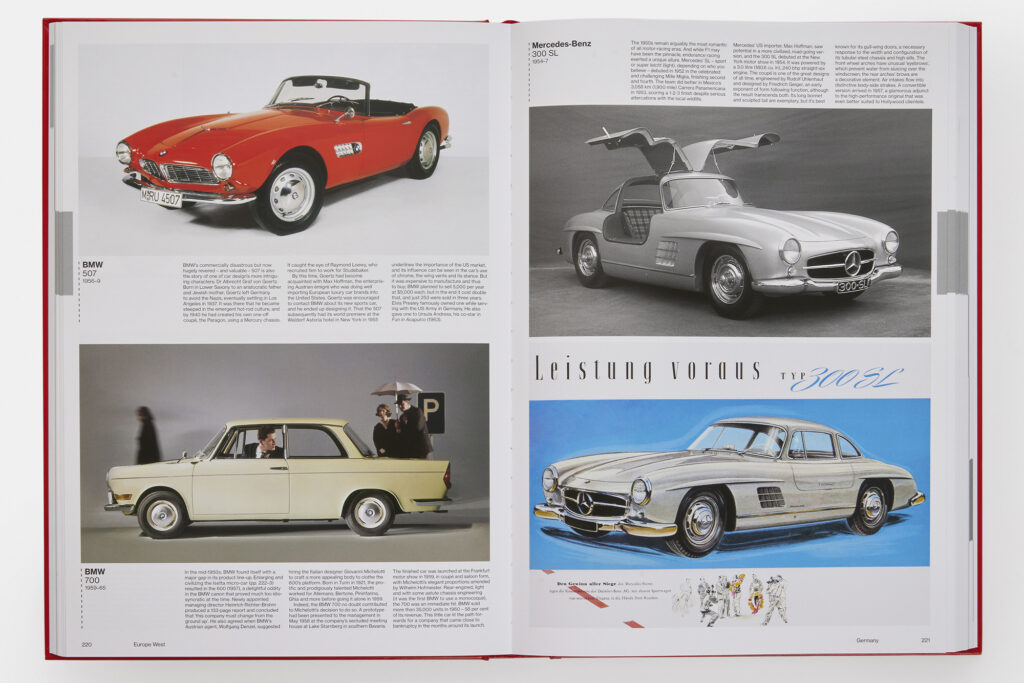
The Atlas of Car Design goes on to chronicle the contributions of French, German and Japanese designers, as well as the recent ascendance of South Korea as a styling powerhouse, and the re-emergence of American car design not in Detroit, but Silicon Valley.
In each country, at any given time, the designs tend to reflect the prevailing social and economic mood. In that way, the book also works as a visual history of boom and bust, optimism and despair. Compare, for example, the copycat designs licenced from Western brands that came rolling out of Japanese factories in the 1950s to the bar-raising, world-beating Japanese sports cars of the 1980s.
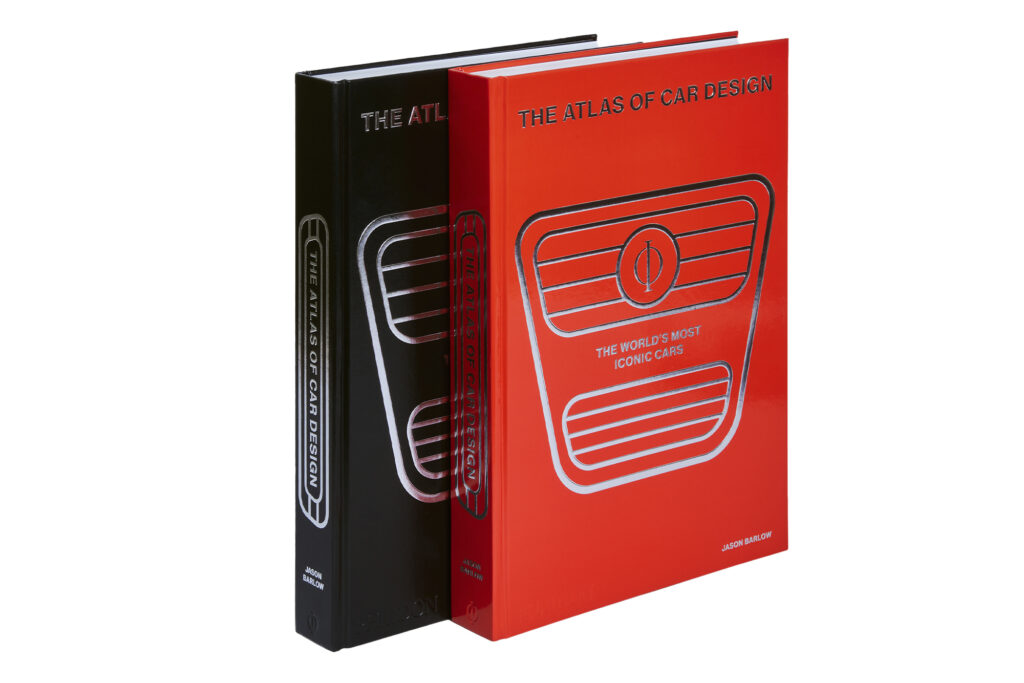
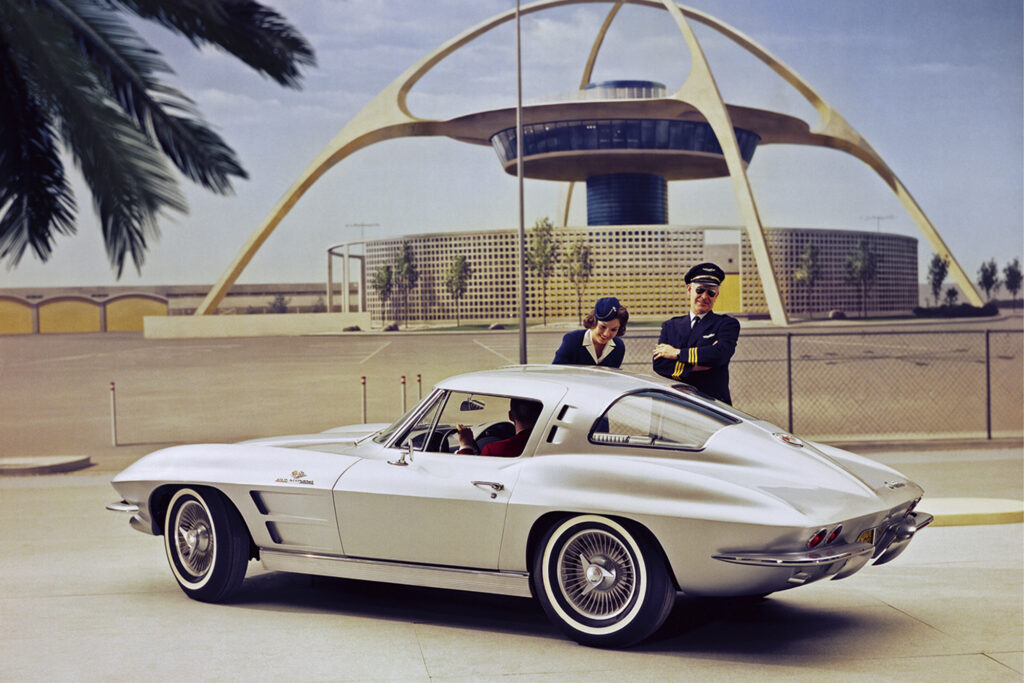
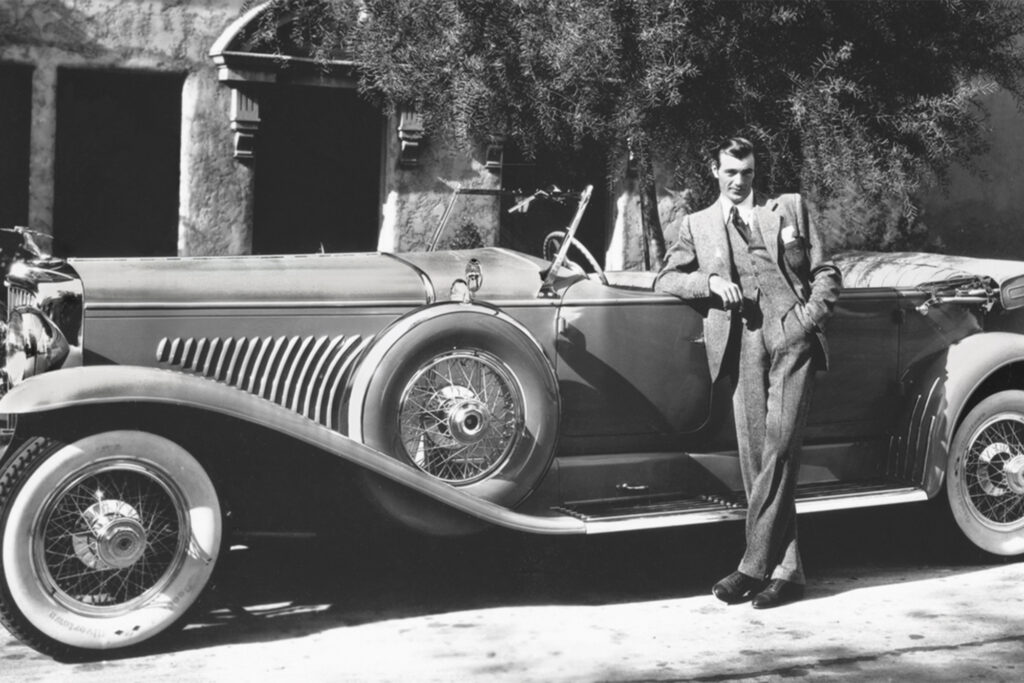
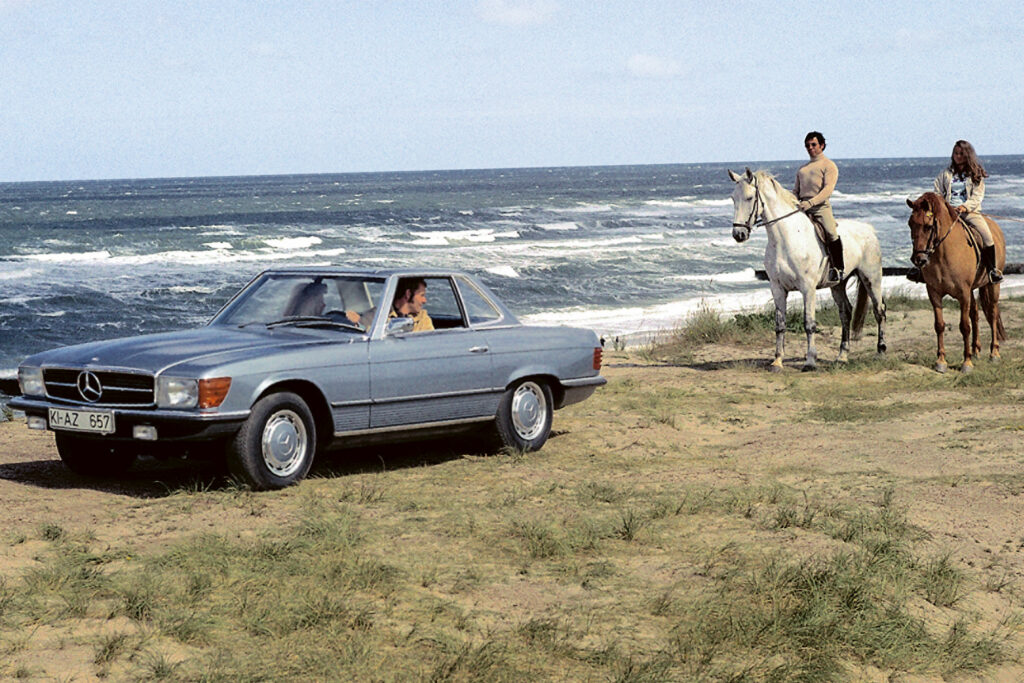
To create such a comprehensive book, the authors consulted more than 100 leading automotive designers, journalists and collectors. Their homework paid off. Usually, in big car books like this, the photography takes centre stage while the short blurbs accompanying each vehicle read like reheated Wikipedia entries. Not so for The Atlas of Car Design, however, which offers insightful context and entertaining anecdotes that will be appreciated by both diehard car enthusiasts and design nerds alike. Simply put, this is the best and most complete single book on car design.
And it couldn’t come along at a better time. “The car faces a reckoning,” Barlow writes. “Certainly, the internal-combustion engine has run out of road, and with that perhaps comes the expiration of the automobile as an overwhelming symbol of emancipation, power and, yes, sex.”
Anyone working to figure out where the car goes from here would do well to flip through these pages.
The Atlas of Car Design: The World’s Most Iconic Cars is available now from Phaidon.
